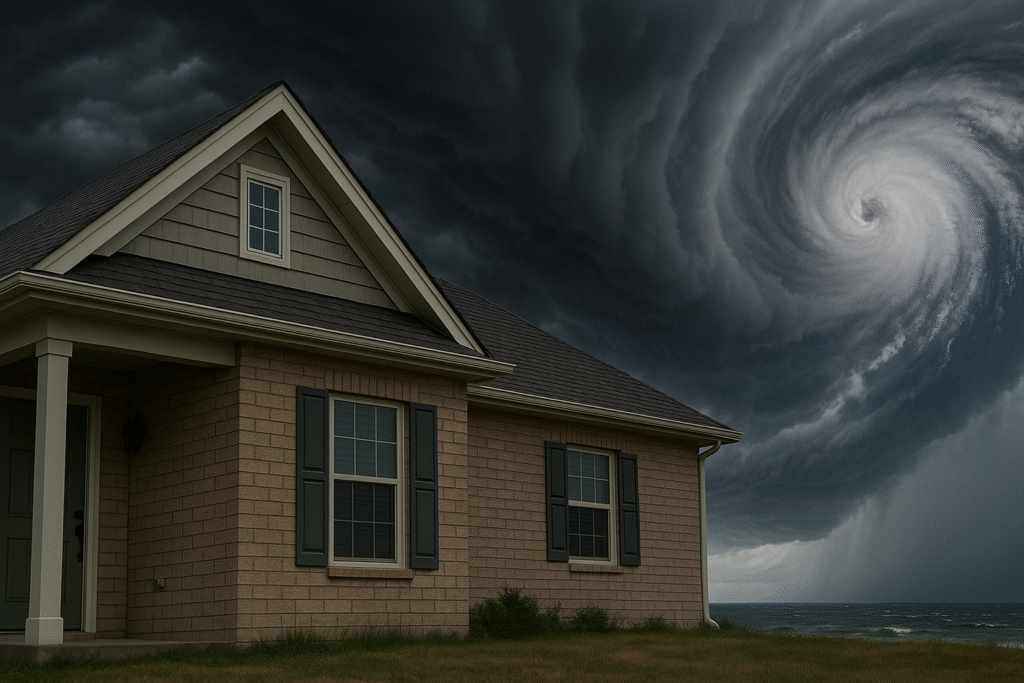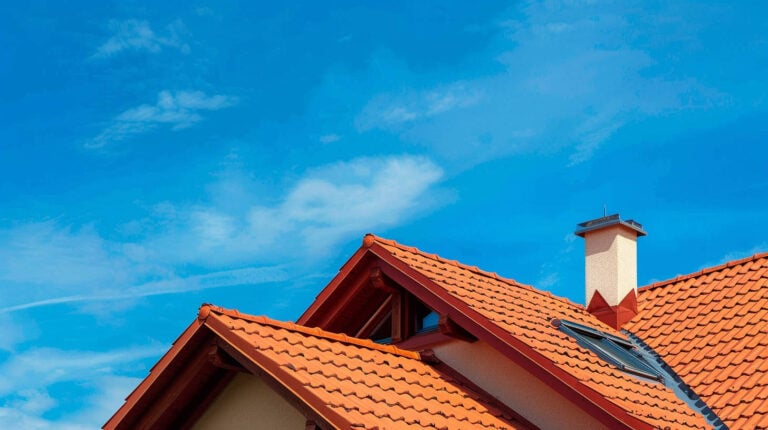Steadfast Roofing of Apollo Beach, FL, brings deep expertise in preparing homes for extreme weather. This guide explores critical strategies to strengthen roof systems against hurricanes, focusing on proven materials, construction techniques, and maintenance practices that enhance safety, durability, and insurance readiness.
Understanding Hurricane Roof Requirements
Wind Uplift Resistance & Secure Connections
Hurricanes generate intense negative pressure on roofs, potentially forcing them off the structure. Proper anchoring—using metal straps, clips, and hurricane ties—secures the roof framing to walls and foundation, significantly improving structural integrity during wind events.
Impact-Resistant Roofing Systems
Select shingles rated for high wind speeds and impact resistance (Class 3 or 4). Consider alternatives like reinforced synthetic tiles or metal panels, which offer enhanced durability and lower long-term costs.
Sealed Roof Decking & Underlayment
A sealed roof deck system adds a crucial waterproof barrier beneath roofing materials. In the event shingles fail, a sealed deck helps prevent catastrophic interior water damage.
Supporting Roofing Features for Hurricane Resilience
Hurricane Shutters & Window Protection
Installing impact-resistant shutters or high-performance windows minimizes breakage. Preventing wind-driven rain and debris ingress balances internal pressures and reduces structural strain.
Reinforced Doors & Garage Systems
Garage doors are common failure points. Upgrading to reinforced or braced doors helps maintain building envelope integrity during storms.
Construction Best Practices & Building Codes
Compliance with Florida Building Code Standards
Post-Hurricane Andrew codes require enhanced wind-load resistance, including hurricane straps, shutter-rated openings, and reinforced decking systems. Adhering to local High Velocity Hurricane Zone (HVHZ) requirements ensures maximum protection.
Professional Installation & Inspection
Certification and experience matter. A licensed contractor can verify fastener spacing, strap depth, and underlayment installation—critical for code compliance and insurance documentation. Thorough inspections identify weak points before disaster strikes.

Maintenance & Pre-Storm Readiness
Biannual Inspection & Repairs
Inspect shingles, flashing, and underlayment in spring and fall. Promptly address damage and ensure seals around penetrations are intact. Confirm anchors, straps, and ventilation systems are secure.
Pre-Season Reinforcement
Before hurricane season: reinforce vent screens, clear debris from gutters, and test shutter hardware. Hire a professional for a final storm preparedness check.
Cost, Insurance & Home Value Implications
Cost-Benefit of Resilient Roofing
While hurricane-resistant upgrades may raise roofing costs by 10–30%, they can significantly reduce damage exposure—and sometimes qualify for insurance discounts or rebates.
Insurance Discounts & Incentives
Energy- and storm-resilient roofing systems often earn premium reductions. Proper documentation—such as installation certification—can bolster your claim eligibility and claimed value.
Long-Term Home Value Enhancement
Resilient roofing features appeal to buyers in hurricane-prone markets. Homes with rated materials and documented upgrades command higher resale prices and greater buyer confidence.
Step‑by‑Step Implementation Guide
- Consult a Certified Roofing Professional – Evaluate existing conditions and recommend upgrades.
- Upgrade to Rated Materials – Install high-wind-rated shingles or metal roofing, reinforced underlayment, and sealed decking.
- Install Structural Reinforcements – Integrate hurricane straps, enhanced flashing, and foundation connections.
- Integrate Protective Features – Add impact-resistant shutters/windows and fortify doors and garage systems.
- Schedule Regular Maintenance – Biannual check-ups with storm-readiness pre-season inspections.
- Document All Work – Retain inspection reports, installation photos, and product certifications for insurance and resale use.
Frequently Asked Questions
What wind rating should roofing materials have for hurricane zones?
Materials with wind uplift ratings of 110 mph (ASCE 7-10 Exposure C) or higher are advised; HVHZ areas may require 150 mph design (Miami–Dade codes).
Is metal roofing better than shingles during storms?
Metal panels with interlocking seams offer superior uplift resistance and longevity, but high-quality shingles with proper installation are also effective and more budget-friendly.
Will adding a sealed roof deck prevent all water intrusion if shingles fail?
It does not guarantee complete protection, but it significantly reduces the risk of interior water damage by acting as a secondary barrier.
Are there rebate programs for hurricane proofing?
Yes—some federal, state, and utility rebate programs exist. Eligibility depends on approved products and certifications, and documentation from licensed installers is essential.
Final Takeaway
Hurricane-resistant roofs combine robust materials, fortified connections, protective fittings, and diligent maintenance. This integrated approach strengthens our homes, enhances resilience, and helps mitigate potential damage. Trust reliable professionals and certified systems to safeguard communities before the winds begin.
Read one of our latest blogs: “The Essential Guide to Regular Roof Inspections: Protecting Your Home and Investment”.




